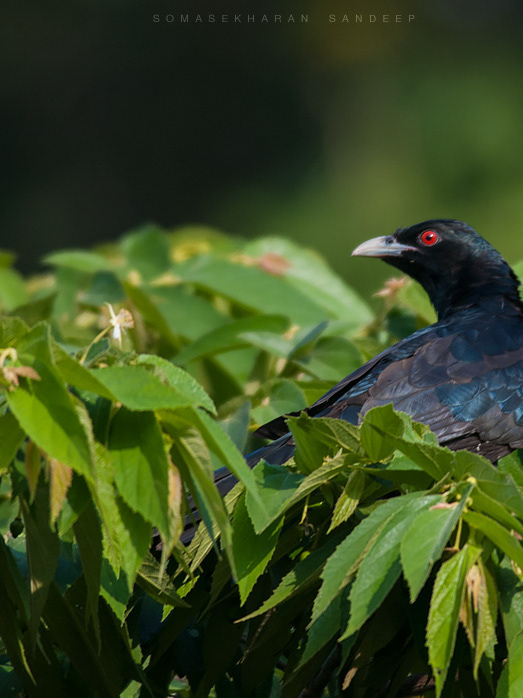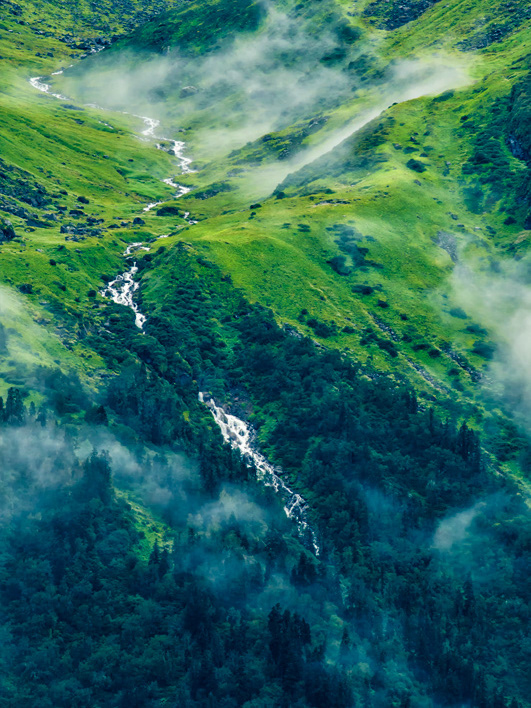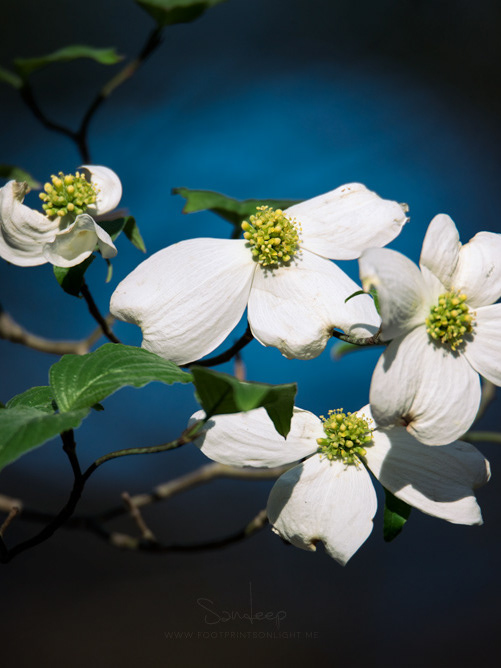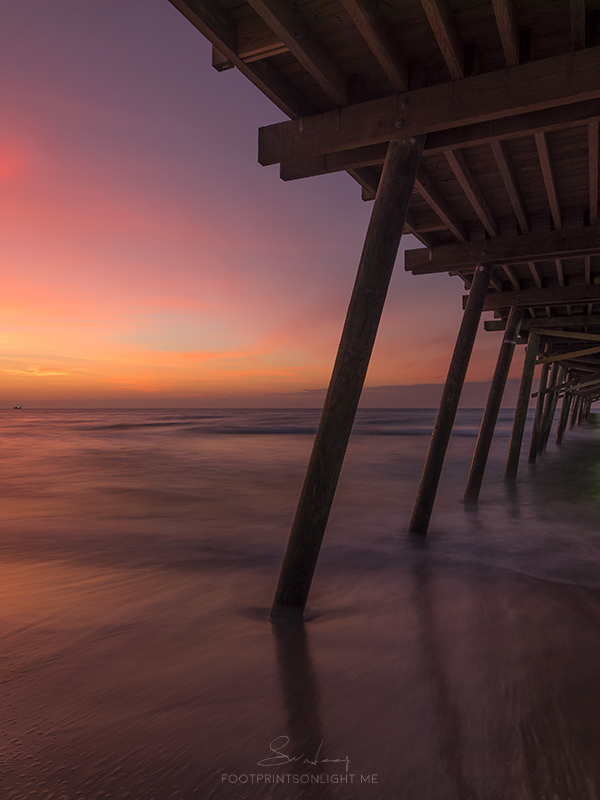As a kid, I used to spend my summer vacations in the countryside with my grandparents. There were no taps inside the house back then. After dinner, we would need to go to the wellside to wash our hands and brush the teeth. All the light that was there was cast by an incandescent bulb which would be enveloped by all kinds of flying insects. Standing inside that small island of light , I would hurriedly wash my hands and brush my teeth. Beyond the edges of the lit backyard, lay stuff that nightmares of a seven year old were made of. Between this light and the firefly-esque light of the adjacent house that lay north of us, lay many hundred yards of unadulterated darkness.
Fast forward to a few years later; as a teen, during the scheduled power outages in Kerala in summer, I would lie down on the terrace of the now renovated house. The stars in the countryside still shone brighter than in the city where I lived, and if I was lucky, I would see an occassional shooting star. The silence would be punctured at the most unexpected moments by a cacophony of crickets or a bullfrog's croaking. Once or twice, I have also heard the unnerving hoot of a mottled wood owl, fondly referred to with the moniker kaalan kozhi- the fowl of death. However, the emotions created by darkness weren't the same anymore; either because of my age or because of the fact that there were way more lights all around. Along with the neighboring properties, the darkness was too being fragmented as new houses sprung all around us.
The stars we see are a manifestation of the light emitted by tiny light particles that would have traversed anywhere from a few light years to millions, dodging cosmic dust and finally particles in the earth's atmosphere. Over a city, there is dust and smoke due to human activity that ends up nudging those tiny light particles in haphazard paths, ending their journey of millions of years. And then there is the scattered lights from the human habitation, that bounces off the same particles, forming a shroud that obscures the stars. In short, if a body in the sky has to show up over a polluted city, it should be either burning with a furious energy or should be close enough to earth. And when we go to the countryside that is devoid of such pollution, our night sky suddenly starts erupting into a dazzling display of stars and planets whose existence we were kept from.
Twenty years on, I have found another reason to love the darkness. I started teaming up with a group of friends who enjoy astrophotography. We drive down to ther corners where there is little human habitation and stand under the skies, to look at the stars blossom like it is a spring on steroids. When we stand under that canopy of stars, we are in fact looking at the past. Several of those stars could have already burned out and what you are seeing are the light emitted by those stars when they were still in their prime.
Cometh spring, another spectacle graces the dark skies of the northern hemisphere. The milkyway's arm starts appearing as an arch in the sky. It moves higher and higher in the sky every week and later turns vertical in the sky, before it disappears in the winter. Just a gaze at the milkway is enough to put one's life in perspective. We are reminded of our cosmic connections, our punitiveness and above all the magic of creation. No matter whether you believe in the religious version or the scientific version of creation, Carl Sagans' words ring true, "The cosmos is within us. We are made of star-stuff."
Sunday, 26th of April marks the end of the Dark Sky week, organized by International Dark Skies Association that tries to conserve the night skies. They operate to retain the tiny pockets of truly dark skies, which is now unfortunately limited to uninhabited corners of the world and National Parks. The hopes of our next generation to see the stars in all their glory hinges on spreading awareness about dark skies. Our actions too can help, avoiding unsheilded outdoor lamps and turning off lights that aren't really necessary.
Let's hope that darkness has an opportunity to bounce back to our skies. Untill then, do take your young ones to such places where they can stand and admire our real ancestry. Because, in the end , we are all but stardust.





